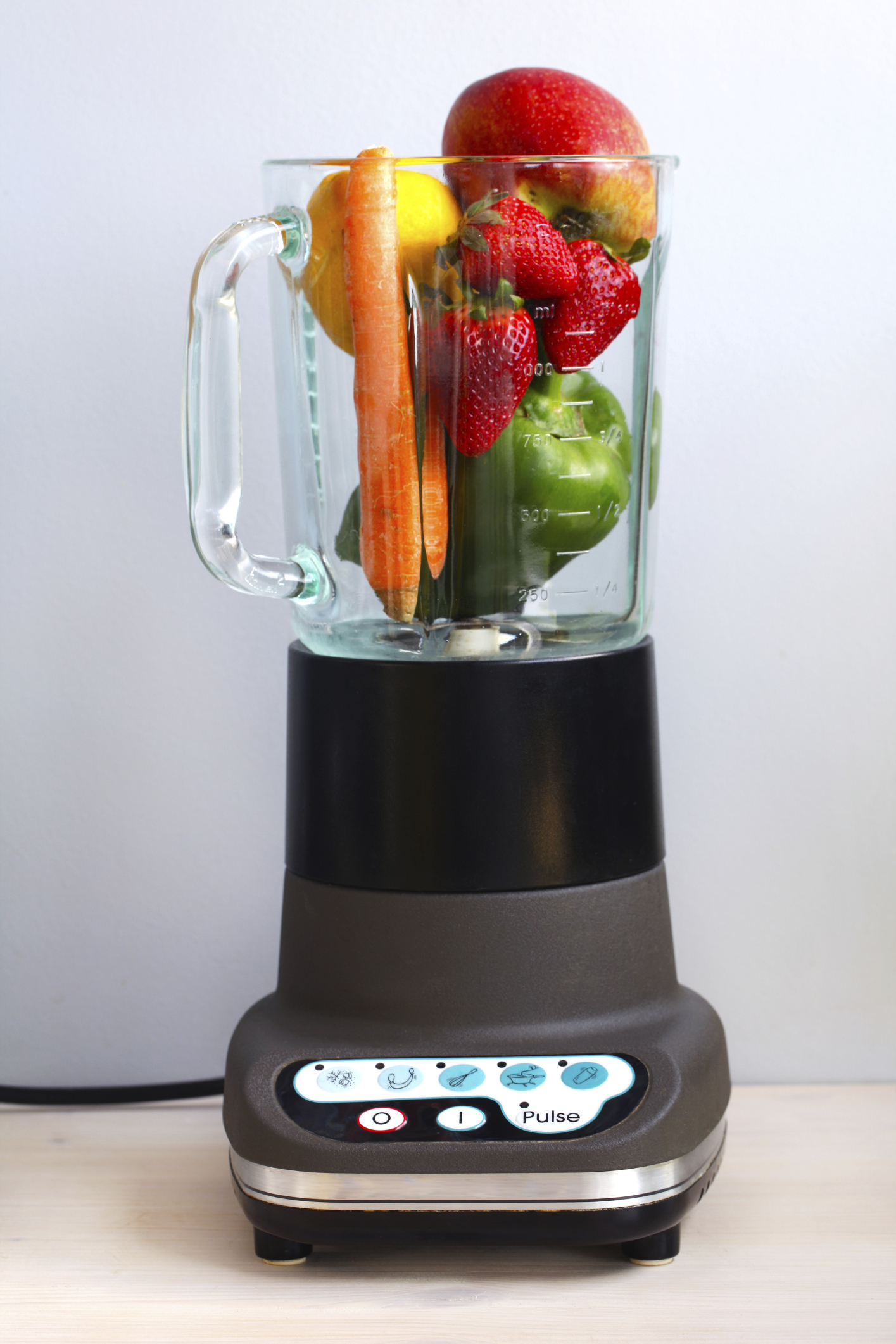In the realm of digital art, the integration of technology has engendered a myriad of innovative tools that fuel creativity and enable artists to push boundaries. Among these tools, Blender has garnered attention as a versatile and powerful application primarily recognized for its capabilities in 3D animation. However, a question persistently arises within artistic communities: Is Blender good for 2D animation? This inquiry invites a nuanced exploration into the program’s features, functionality, and the potential it holds for 2D animators.
To begin with, Blender’s evolution over the years has been nothing short of remarkable. Originally developed as a 3D modeling and animation software, it has since expanded its capabilities to include a plethora of features suitable for 2D animation. The introduction of the Grease Pencil tool marks a pivotal moment in this evolution, allowing artists to create complex 2D animations directly within the 3D environment. This feature enhances creative flexibility, offering unprecedented opportunities for artists to blend 2D and 3D elements harmoniously.
One of the most compelling advantages of using Blender for 2D animation is its intrinsic adaptability. The Grease Pencil tool, for instance, allows users to draw vector-based strokes that can be animated in a manner reminiscent of traditional hand-drawn techniques. This amalgamation of modern technology and classical artistry invites animators to experiment with styles that might have previously existed in isolation. The consequence is an expansive creative canvas, a confluence of 2D and 3D realms that provides fresh perspectives in animation.
Moreover, Blender’s comprehensive suite of animation tools, including onion skinning and interpolation options, facilitates a robust workflow for 2D animators. Onion skinning, a feature that enables artists to visualize previous and subsequent frames, is crucial for maintaining consistency in movement and flow—hallmarks of effective animation. Additionally, the software’s interpolation capabilities allow for fluid motion and seamless transitions, crucial elements that can elevate the final product.
Another significant promise that Blender holds for 2D animators lies in its open-source nature. Unlike proprietary software that often comes with prohibitive costs and restrictive usage rights, Blender is freely available, encouraging a diverse community of creators to access and harness its capabilities. This democratization of technology fosters an environment of collaboration, innovation, and shared knowledge. Furthermore, the open-source nature of Blender means that it is constantly evolving, with contributions from a global community that continues to advance its features and performance.
Compatibility and integration represent another facet to consider. Blender supports various file formats, enabling animators to import and export their work seamlessly. This feature is essential for professionals who may need to collaborate with other software or integrate their projects into broader pipelines. The ability to interlace different modes of animation and creative tools can drastically enhance production efficiency, thereby allowing animators to focus on the artistry rather than technical limitations.
However, despite these advantages, there are challenges that one must consider when evaluating Blender for 2D animation. The interface, while powerful, can initially appear daunting, especially to those who are accustomed to more straightforward 2D animation software. The learning curve associated with mastering Blender’s extensive functionalities may deter novice users. Nevertheless, the investment of time and effort can yield dividends, as those who persevere often discover a vast world of possibilities that expands their artistic repertoire.
Furthermore, while Blender is equipped with a formidable set of features, some professional 2D animators may find that dedicated 2D software offers streamlined workflows tailored specifically for traditional techniques. Products such as Toon Boom Harmony and TVPaint are designed with 2D animation in mind, potentially providing functionalities that cater more directly to the needs of 2D artists. Thus, the choice of software ultimately resides in the individual animator’s specific requirements, preferences, and workflow.
In contemplating whether Blender is good for 2D animation, it is essential to consider the philosophical implications of animation itself. The modern artist is not confined to the limitations of medium; rather, there exists an ongoing challenge to deconstruct and reconstruct the very definitions of what animation can be. Blender’s versatility may empower artists to redefine their creative practice, exploring innovative techniques that traverse the boundaries of genre and style. This tantalizing invitation to explore uncharted territories is a defining characteristic of Blender’s appeal.
The role of community and resources cannot be overlooked in this discussion. The availability of tutorials, forums, and collaborative projects within the Blender community bolsters the potential for growth and learning. Engaging with a vibrant network of other animators can inspire new ideas and enhance proficiency, fostering a spirit of learning that transcends traditional artistic boundaries. Such community engagement is a vital component of an animator’s journey, facilitating shared experiences that enrich the art form.
In conclusion, whether Blender is deemed good for 2D animation hinges on a multitude of factors, notably the adaptability of the animator and the unique demands of their projects. The blend of 2D and 3D capabilities, coupled with an open-source ethos, positions Blender as a compelling option for those seeking to innovate within the medium. The convergence of technology and artistry invites a renewed exploration of perspectives, encouraging animators to embrace the complexities of their craft with curiosity and zeal. As the animation landscape continues to evolve, the promise of software like Blender serves not merely as a tool but as a catalyst for creative exploration and transformation.












